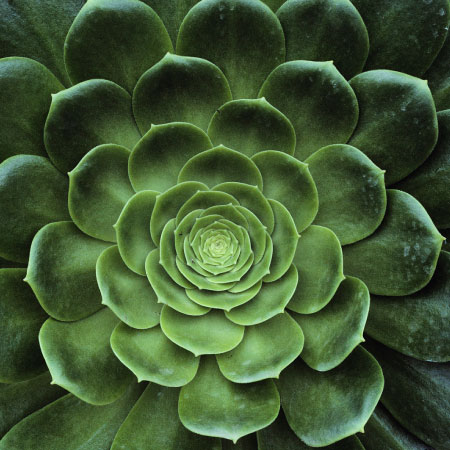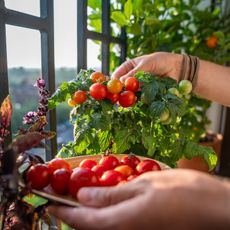How To Stop Dahlia Nematodes – Treating Dahlia Root Knot Nematodes

Nematodes are microscopic worms that live in the soil. Most are beneficial, cycling nutrients and helping keep pests in check. Some, including dahlia nematodes, are extremely destructive little pests. How do you recognize dahlia root knot nematode damage? Can root knot nematodes in dahlias be treated or controlled? Read on for more information on dahlia nematodes.
Symptoms of Dahlia Root Knot Nematode Damage
The primary symptom of root knot nematodes in dahlias is swelling or galls on the roots. The swellings make tiny, pimple-like bumps as large as an inch (2.5 cm.) across. If you aren’t sure, carefully dig the plant and shake off the loose soil to see what you’re dealing with.
Dahlia root knot damage may also include yellowing of the leaves and wilting, especially during hot weather when the plant is water stressed. Galls on the roots make it difficult for the plant to absorb moisture.
Preventing and Treating Dahlia Root Knot Nematodes
Dahlia root knot nematodes are difficult to control and there isn’t much you can do. Professional growers use nematicides, but the chemicals haven’t been approved for home gardens. You may need to start over with new dahlias in an unaffected area of your garden. Be sure to look for nematode-resistant varieties.
You can also take these preventative measures in the garden when planting dahlias:
- Add a generous amount of manure, compost, or other organic material to the soil, especially if your soil is sandy. This won’t get rid of dahlia nematodes, but it will give the plants a fighting chance by getting more moisture to the roots.
- Grow marigolds as a group throughout the summer. Most marigold varieties are known for controlling dahlia nematodes. However, avoid signet marigolds, as these may actually attract the nematodes you are trying to control.
- You can try solarizing the soil as well. This is often helpful on a temporary basis. Water the infected area, cover it with clear plastic, and secure the edges. Leave the plastic in place for at least four to six weeks. Solarizing is effective only in hot weather.
Gardening tips, videos, info and more delivered right to your inbox!
Sign up for the Gardening Know How newsletter today and receive a free copy of our e-book "How to Grow Delicious Tomatoes".

A Credentialed Garden Writer, Mary H. Dyer was with Gardening Know How in the very beginning, publishing articles as early as 2007.
-
 How To Grow Strawberries From A Strawberry: All You Need To Cultivate Yummy Fruits
How To Grow Strawberries From A Strawberry: All You Need To Cultivate Yummy FruitsYou may know how to grow strawberries from small plants or runners – but what about growing from the fruit? Here we show you how to grow strawberries from a strawberry
By Mary Ellen Ellis
-
 Best Tomatoes For Containers: 10 Tastiest Varieties For Plentiful Produce In Compact Areas
Best Tomatoes For Containers: 10 Tastiest Varieties For Plentiful Produce In Compact AreasThese are the best tomatoes for containers that prove you don't need to have a large space or elaborate garden to grow delicious produce.
By Bonnie L. Grant